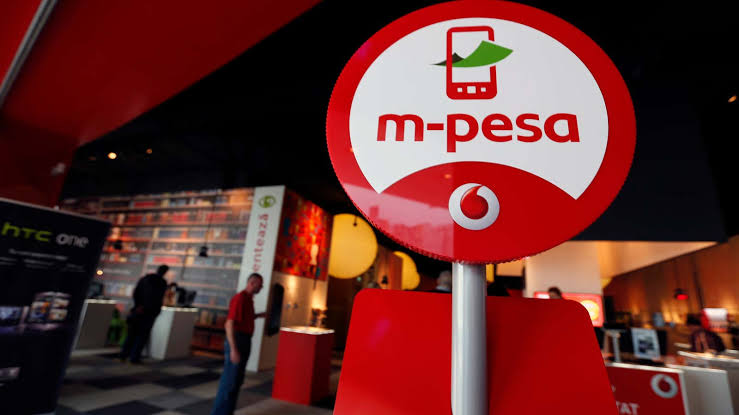Across sub-Saharan Africa, governments are imposing harsh and hefty levies on mobile money services. These taxes are undoing the previous financial services gains in Tanzania and even Kenya.
Compared to two years ago, when the government imposed new taxes on mobile money transactions, Tanzanians are now using mobile services less frequently. To support development projects, Tanzania implemented a mobile money transaction tax in July 2021, with fees ranging from TZS10 ($0.004) to TZS10,000 ($4).
The 18% value-added tax and the 10% excise duty on mobile money transfer and withdrawal fees were already in place in addition to this levy. A further 43% reduction, from TZS10 to TZS4,000 (US$1.6), was put into effect in July 2022 after the government lowered the levy by 30% in September 2021 in response to public complaints.
In spite of these cuts, mobile money earnings fell between June and August from TZS 736 billion ($295.1 million) to 6.154 billion or $2.5 million (a 1628% decrease), stabilising at TZS 6.555 billion ($2.6 million) in September 2021. The Mobile World Congress (MWC) 2023 event, which wrapped up this week in Kigali, Rwanda, included a discussion on the price sensitivity of mobile money usage patterns.
While 22% of Tanzanians use commercial banks, 72% of the country’s population uses mobile money services as of 2023, up from 60% in 2017. In the midst of this, the Tanzanian government acknowledged the role that mobile money plays in promoting financial inclusion and fostering social and economic advancement, particularly for women and rural populations.
However, from June to September 2021, there was a 38% decline in P2P transactions and a 25% decline in cash-out transactions. According to estimates, if the tax hadn’t been implemented, P2P transactions would have decreased by 30% and cash-out transactions would have decreased by 60% in March 2023.
While mid-value and higher-value P2P transactions remain 31% and 58% lower, respectively, lower-value transactions have somewhat recovered to pre-tax levels. This shows how much consumers value reduced transaction costs.
“The reduction in affordability of MM therefore threatens to reverse the commendable financial inclusion gains as Tanzanians revert to cash, particularly among the vulnerable and the poorest segments of the population,” reads the GSMA report.
However, Tanzania is not the only place where these problems exist. Concerns have been raised by Kenya’s tax authority, KRA, regarding a growing trend of business owners closing their mobile merchant payment accounts to cash transactions in response to the tax authority’s heightened compliance checks.
KRA noticed that companies are now asking for cash payments instead of the Lipa Na M-PESA Buy Goods Till numbers that they used to receive payments. This change is the result of KRA using revenue service assistants to support online business registration and increase tax compliance efforts.
Millions of Africans use mobile money services, and over the past ten years, the number of mobile money users in Sub-Saharan Africa has increased. In 2020, there were 160 million active users and 548 million registered accounts, representing an 18% annual growth.
With a total value of $490 billion, these services enabled 27.4 billion transactions. Mobile money increases transaction transparency in contrast to cash transactions, which are frequently difficult to track down or register. It provides a practical way for paying taxes and collecting them, increasing government revenue and collection effectiveness.
According to a report by GSMA, “cash transactions are often unregistered which allows for the development of a shadow economy and the evasion of tax payments.”

